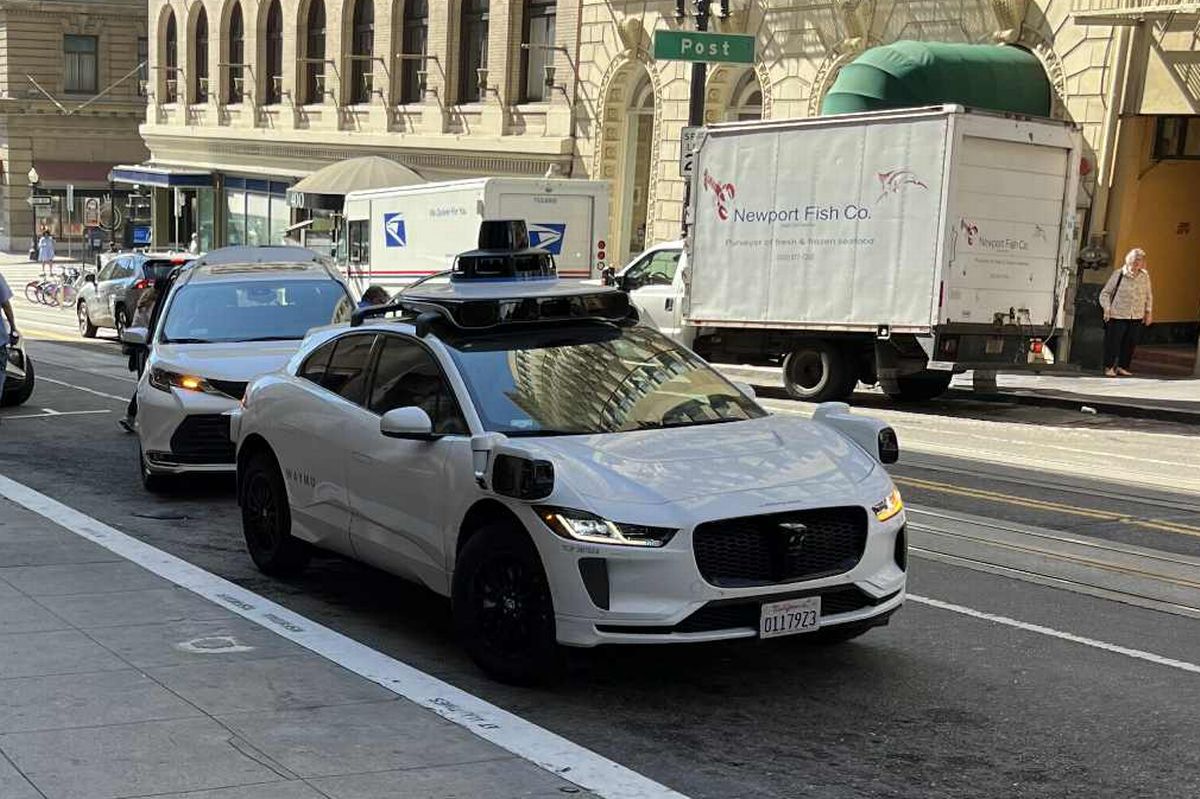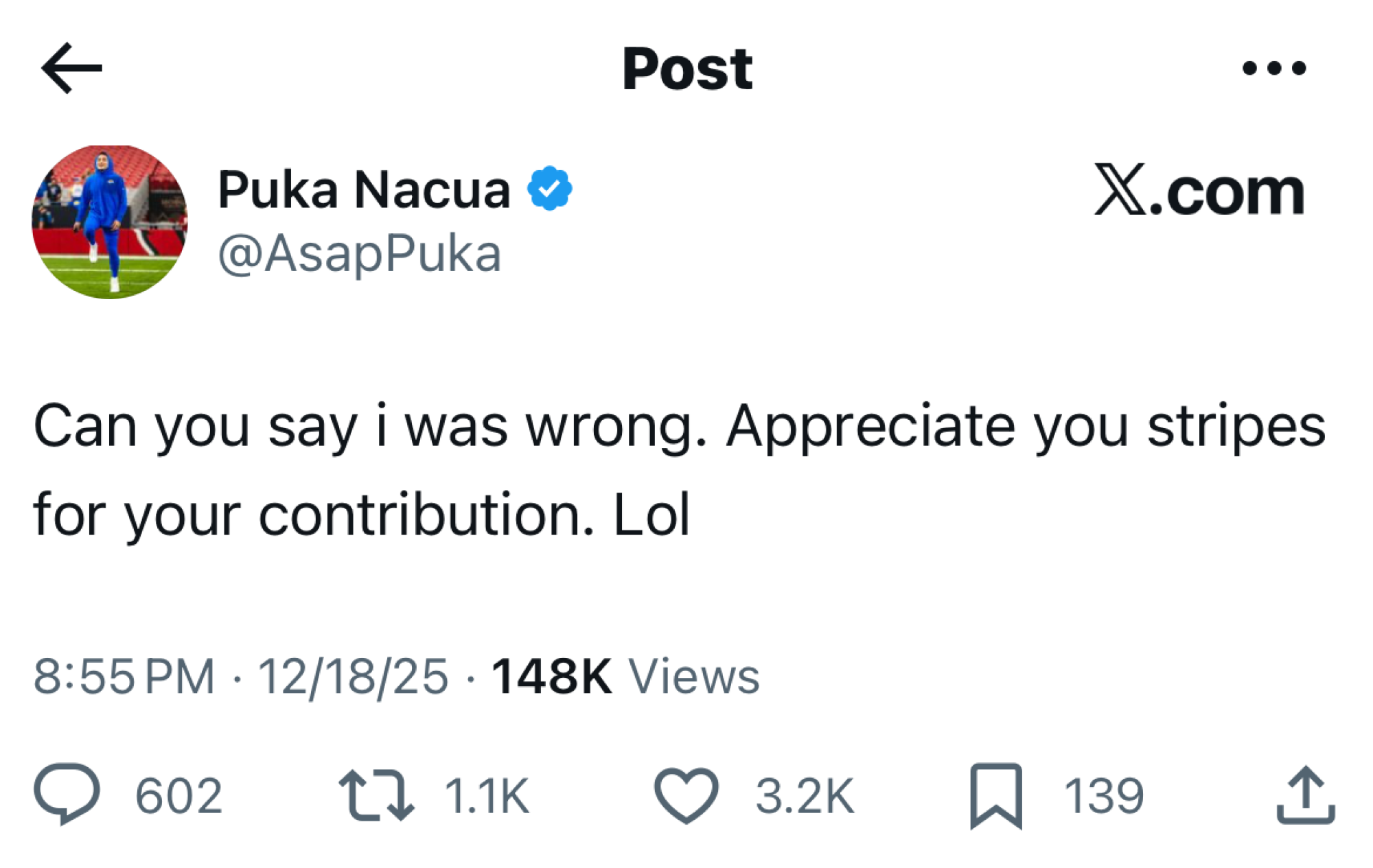Waymo hopes to have its driverless taxis on the streets of London full-time in the very near future. During December trials, Waymo shared an image on social media showing one of its self-driving Jaguar I-Pace cars crossing the famous Abbey Road zebra crossing
Driverless cars are often seen in big Hollywood sci-fi productions. And when they do, it’s to portray dystopian fantasies. But it seems the future is almost here. Plans are taking shape to make them an everyday reality on London’s roads.
England’s capital has been picked by American robotaxi operator Waymo as the first European city to operate its driverless cabs, a decision that has caused a lot of chatter and a fair amount of concern. The company hopes to gain permission from Transport for London to start autonomous rides next year, it has been reported, while Uber also has its eyes on running a similar UK service in the future.
At the beginning of December tests were carried out on London’s streets. Waymo shared an image on social media showing one of its self-driving Jaguar I-Pace cars crossing the famous Abbey Road zebra crossing.
Many will likely be wondering how the service works. Some may be a little unnerved at the prospect of being a passenger in a vehicle without a human at the helm.
I am something of a veteran of Waymo journeys, having been to San Francisco twice in the last year, alongside a trip to Los Angeles, where the taxis have been commonplace since 2024. I have a little intel on what to expect ahead of your first London trip in a driverless taxi…for those brave enough to give it a try.
READ MORE: LEGOLAND invites dogs to meet Father Christmas as theme park opens to poochesREAD MORE: Unspoilt English town with cobbled streets is like stepping back in time
In San Fran, a fleet of around 1,000, rather glam, substantially tech-modified Jaguar I-Pace cars carries passengers around the Bay Area. They launched after a period of heavy testing, during which they were manned by a Waymo technician present inside while they got up to speed.
Fresh from nearby Silicon Valley, all you have to do is fire up an app, order and car, and you’re soon zig-zagging down Lombard Street without having to make small talk with your driver. After you’ve ordered your ride, the Waymo Jag waits in a zone near your location with your initials showing on the car’s rooftop antenna. You can modify the colour scheme of your initials, should you so wish.
Within range, the app on your phone acts as an automatic unlocker for your robotaxi, although you can also press a button to unlock using the app. The same applies for opening the boot. Initially, I wondered whether the latter was off-limits and packed with all kinds of macguffins, making the whole Tomorrow’s World experience possible – but no, it is just an ordinary, sizable space to store luggage.
Inside, tranquil music, akin to the background babble you’d find in a spa treatment room, welcomes riders. It seems designed to put any nervous first-timers at ease. Don’t worry, within a few trips, you’ll have your Spotify hooked up with no driver judgment as you belt out your favourite songs. Travelling from Fisherman’s Wharf to Oracle Park, the home of the San Francisco Giants baseball team, I got stuck into lots of 1980s synth.
Of course, the whole set-up is surreal. At times, it looks a bit like the car has been taken over by Captain Scarlet’s invisible baddies, the Mysterons, but it is an environment that you get used to surprisingly quickly. Particularly if you are sitting behind the ‘driver’ seat, as you are really none the wiser that the human is missing. It’s hard to ignore the intrigued pedestrians having a little peek in through the windows when you stop at traffic lights.
Regarding the terms and conditions, passengers must be over 18. All journeys are videoed and a support team is on the other end, available at any point – should you need them. According to Waymo, this is the only time that what is said in the cars can be heard by the support team.
From my experience, Waymo tended to be cheaper than Uber. This may be a low introductory price to get users interested, or just because the firm doesn’t have to pay a person’s wages.
When travelling, seatbelts must be worn like always, while cigarettes, vapes or drugs of any kind are banned. Consuming alcohol as you take to the roads in a passenger seat is also not allowed.
In terms of Waymo’s coming to the UK, given the immaculate interiors of their US equivalents, you do wonder what state you might find them in at the end of Friday and Saturday evenings spent picking up people on nights out. Leftover kebabs and other such booze-related delights may well come into play when the human driver is away.
There will undoubtedly be pushback from the huge number of taxi drivers whose livelihoods will be impacted by the launch. This is no small matter. There’s no denying the way the system – which functions using sensors, mapping, and an in-built computer – is very impressive; it doesn’t mean the road experience is perfect.
During one of my drives, I had to exit my taxi to politely usher a dog out of the way while a seemingly puzzled, stationary Waymo vehicle attempted to make contact with its call center. Although there’s still time to teach a new dog a trick or two before it’s unleashed on the streets of London.
What Waymo says
Regarding any possible cleanliness issues, a Waymo spokesperson said: “Cabin checks are performed at the end of the ride, and if a vehicle is deemed not fit for service, it is sent back to one of our depot facilities for inspection by on-site personnel.”
And, regarding obstacles in the road, like the dog example listed above in the article, Waymo vehicles have a ‘fleet response team’ that provides support. A Waymo spokesperson explained: “Much like phone-a-friend, when the Waymo vehicle encounters a particular situation on the road, the autonomous driver can reach out to a human fleet response agent for additional information to contextualise its environment.
“The Waymo Driver does not rely solely on the inputs it receives from the fleet response agent, and it is in control of the vehicle at all times. As the Waymo Driver waits for input from the fleet response, and even after receiving it, the Waymo Driver continues to use available information to inform its decisions. This is important because, given the dynamic conditions on the road, the environment around the car can change, which either remedies the situation or influences how the Waymo Driver should proceed. In fact, the vast majority of such situations are resolved, without assistance, by the Waymo Driver.”
You can find out more about how the Waymo remote support system works on the company website..





